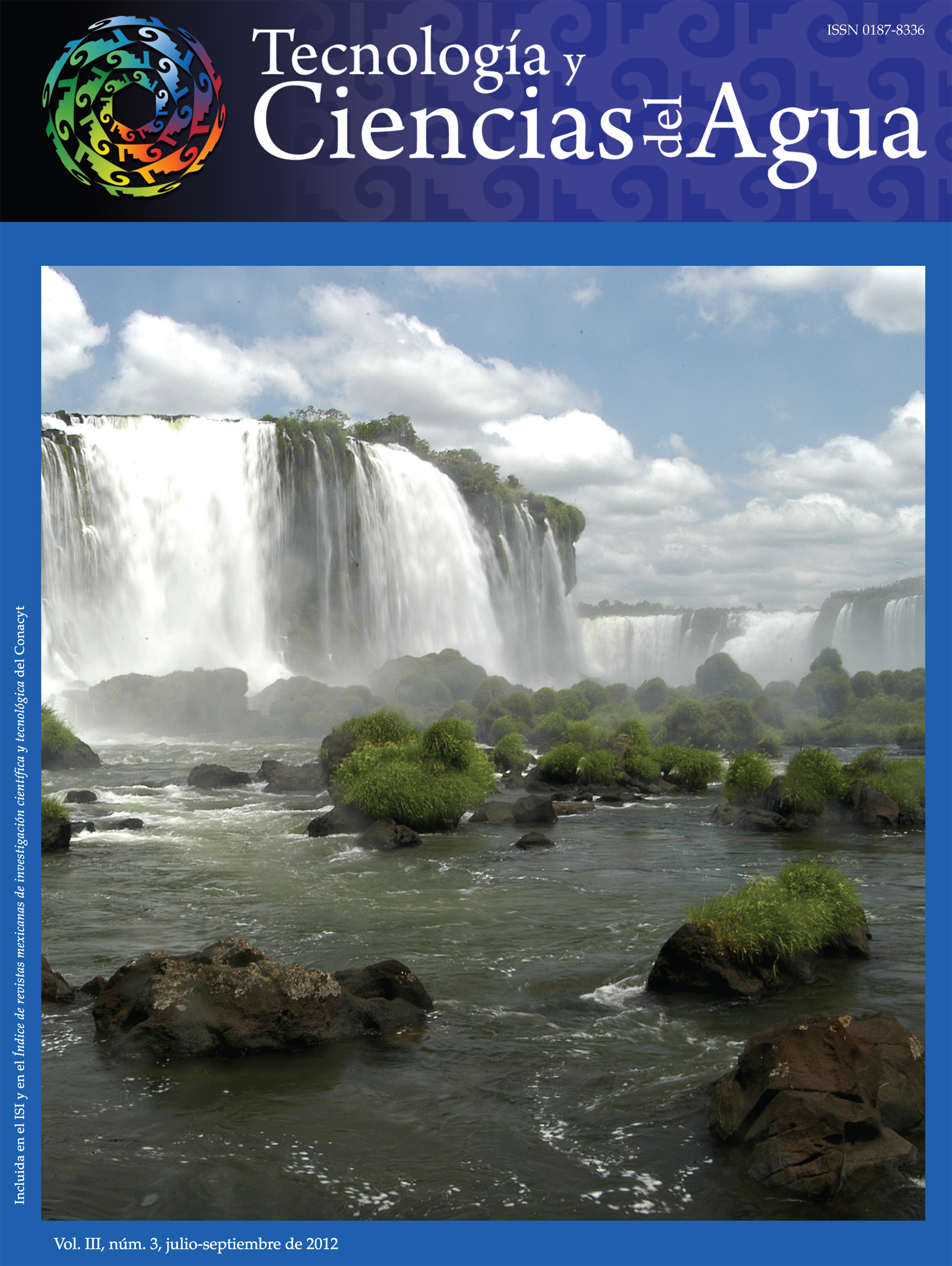Interaction of rhizosphere bacterial isolates with environmentally significant metals
Keywords:
interaction, heavy metals, resistance, removal, water treatmentAbstract
The threat of heavy metals to public health and the environment has led to the search for technologies that enable the removal or neutralization of their toxic effects. Microorganisms are among the most relevant new techniques. This study set out to describe the interactions of 13 rhizosphere bacterial isolates obtained from hydrophytic plants found in natural wetlands, with 4 environmentally significant heavy metals -chromium (Cr6+), lead (Pb2+), cadmium (Cd2+) and mercury (Hg2+)- for selection of strains with the potential for water remediation. The resistance of the isolates to the 4 metals was determined, selecting 3 concentrations and supplementing nutrient agar with metal salts to achieve the corresponding concentrations (chromium and lead 1.0, 2.0, 3.0 mM; cadmium 0.6, 1.2, 1.8 mM, and mercury 0.01, 0.02, 0.03 mM). Biosorption tests were conducted with mixed metal solutions and the quantity of metal removed per biomass mass (q) was determined. All studied isolates showed resistance to more than one metal. It was found that some strains removed metals, 4 of which were notable for their possible joint usage to remove lead, chromium and mercury. The results obtained are significant since the metal concentrations studied are above the maximum allowable limits for water, according to Cuban Standard NC 27-1999 and other international standards. Therefore, the strains that demonstrated resistance and removal may be promising bioremediation agents for removing pollutants from water.Downloads
Published
How to Cite
Issue
Section
License

This work is licensed under a Creative Commons Attribution-NonCommercial-ShareAlike 4.0 International License.
By Instituto Mexicano de Tecnología del Agua is distributed under a Creative Commons Attribution-NonCommercial-ShareAlike 4.0 International License. Based on a work at https://www.revistatyca.org.mx/. Permissions beyond what is covered by this license can be found in Editorial Policy.









